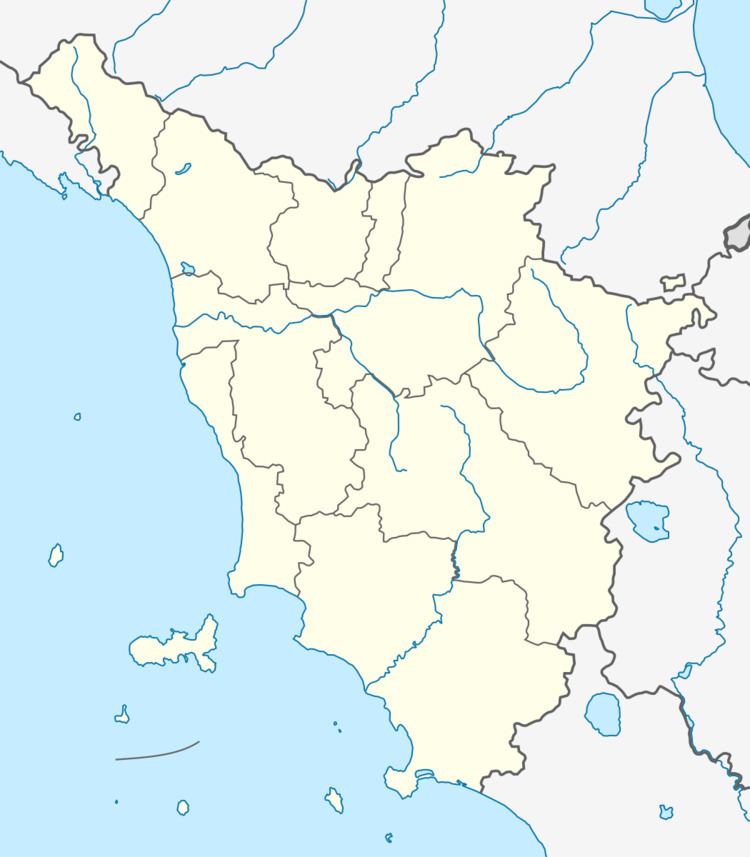Type Settlement Phone +39 0577 814099 | Region Tuscany Abandoned late sixth century BC | |
 | ||
Hours Closed today WednesdayClosedThursdayClosedFriday10:30AM–1:30PM, 2:30–5:30PMSaturday10:30AM–1:30PM, 2:30–5:30PMSunday10:30AM–1:30PM, 2:30–5:30PMMondayClosedTuesdayClosedSuggest an edit Similar Acquarossa - Italy, Fondazione Musei Senesi, Museo etnografico del bosco, Museo Civico Archeolo, Archeologico Nazionale di Siena | ||
Friends of fai lecture poggio civitate
Poggio Civitate is a hill in the commune of Murlo, Siena, Italy and the location of an ancient settlement of the Etruscan civilization. It was discovered in 1920, and excavations began in 1966 and have uncovered substantial traces of activity in the Orientalizing and Archaic periods as well as some material from both earlier and later periods.
Contents
- Friends of fai lecture poggio civitate
- Huts workshops or both 2013 season at poggio civitate
- The large Archaic building
- Directors of excavation
- References
Huts workshops or both 2013 season at poggio civitate
The large Archaic building
Sometime in the early 6th century BCE a monumental was constructed on Poggio Civitate. It consisted of a courtyard surrounded by a colonnade on three sides and probably a shrine and a possible throne on the fourth. Surrounding the colonnade and courtyard were four blocks of rooms. The rooms were covered by 30,000 square feet (2,800 m2) of terracotta roof tiles.
The building was elaborately decorated. The walls and rooflines contained terracotta statues (including the Murlo cowboy) and friezes. One of these friezes depicts a banquet scene common to art of archaic Italy. The scene depicts four servants serving guests reclining on couches as well as hunting dogs. One guest is playing the lyre while a mixing bowl is situated in the center of two couches. Others depict mythical, divine, or real humans and animals. Also depicted are processions, horse races, and warriors marching behind leaders in chariots. Some scenes depict ceremonies and business being conducted, in one of these a human figurine carries a lituus, a curved staff serving as a symbol of office in Etruria and Latium.
The use of the building is unclear. One possible use was as the residence of the ruler or leading family of the town. Fine pottery fragments were discovered, so symposia and banquets likely occurred at the site.
